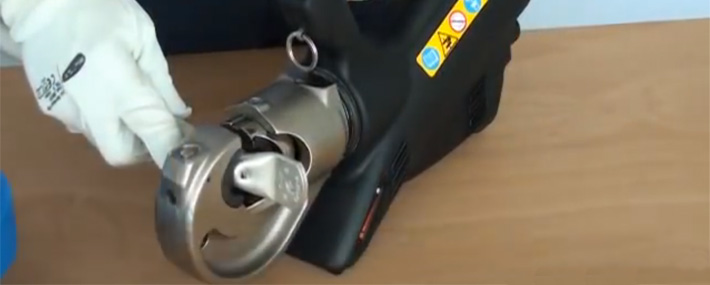In our last blog post, we looked at the requirements of the BS7609 code of practice which covers the installation and inspection of uninsulated compression connectors for power cables with aluminium or copper conductors.
However, there is more to simply following these engineering guidelines to achieve the ‘perfect crimp’.
There is more to crimping a cable than simply affixing a lug to the conductor. The BS7609 standard highlights the code of practice for installation and inspection of uninsulated compression and mechanical connectors for power cables with copper or aluminium conductors.
Conductor Type
Although a lot of focus is given to the crimp lug, die sets, tooling and crimp operation, thought should also be given to the cable and conductor. Even if the best quality electrical lugs and crimping procedures are used, the termination can still fail due to the conductor. Make sure the conductor used is both third-party approved and appropriately marked.
ETS support the work of the Approved Cables Initiative (ACI) Code of Practice in fighting the use of faulty, counterfeit and non-approved cables.
Cable Lug Current Carrying Capacity
The lug should have equal or greater current carrying capacity to that of the conductor. Using lug that have been manufactured with high purity, electrolytic copper allows the maximum level of conductivity with minimal resistance.
Lug manufactured from thin wall copper tube have the potential to cause elevated temperatures when used on conductors carrying high current levels.
Crimp Tooling
Care should be taken to ensure crimp tooling is kept in good working order. The crimp tool should regularly calibrated and serviced when required. All tooling and equipment should be checked for damage or wear before use. To help prevent damage to die sets and tools, they should be stored in the recommended way. E.g. Protective storage case.
Our maintenance guidelines to keep your hydraulic crimping tool in good condition highlight how to keep your tool in top condition and maximise it’s working life.
Die Selection and Number of Compressions
We supply full die set selection charts with all our standard, Cembre and Prysmian lugs. Referring to these guides allows you to match the correct tool, die set and lug, providing the best combination to achieve the best possible compression.
Always follow manufacturers guidelines concerning number of compressions per lug and in which sequence, to assure the performance of the termination after crimping and avoid distorting the lug.
If you found this article helpful or interesting, please share it!














